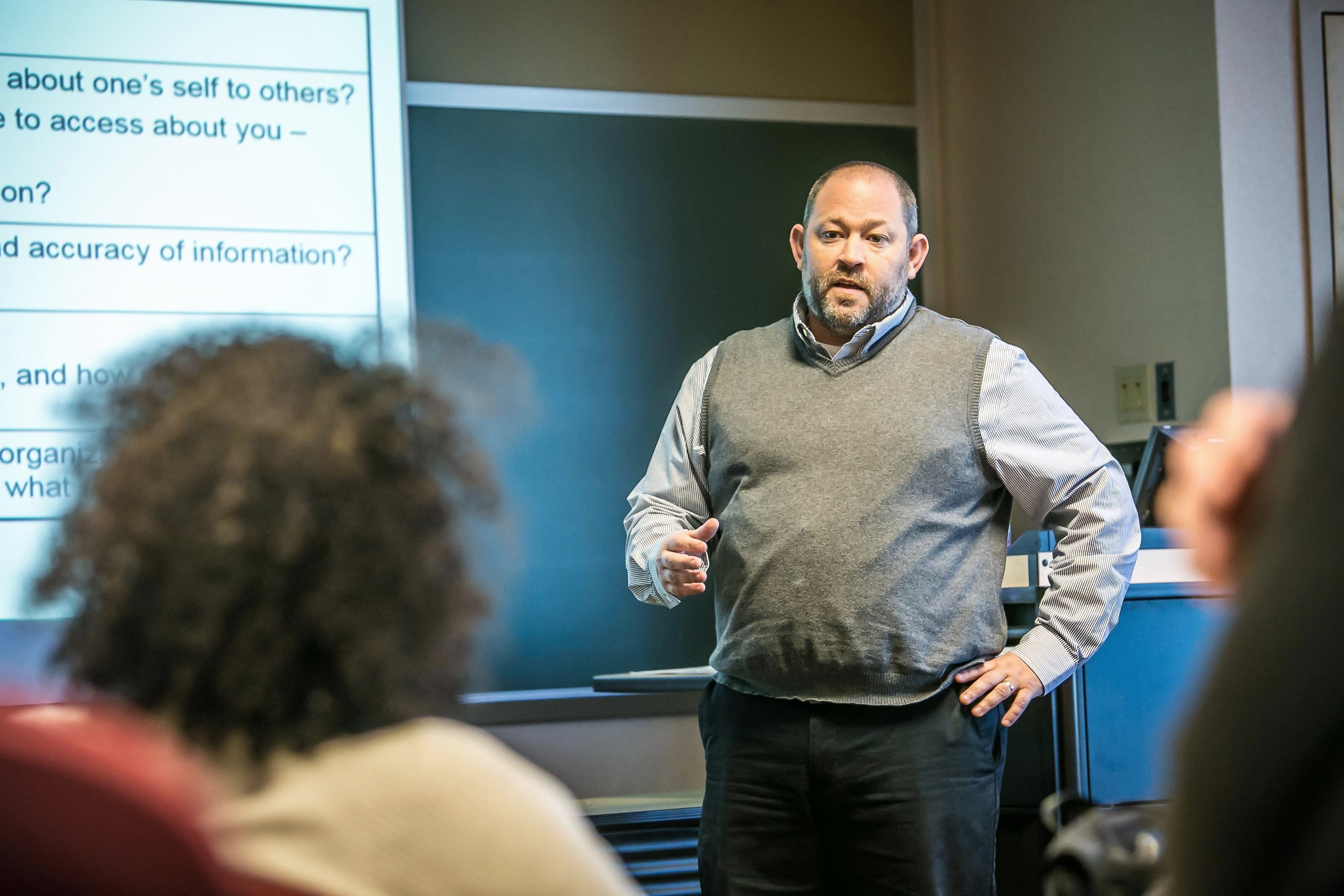Points of Pride
Mailing Address
Cleveland State University
Monte Ahuja College of Business
2121 Euclid Avenue, BU 420
Cleveland, OH 44115-2214
Campus Location
Monte Ahuja Hall, Room 420
1860 E. 18th Street
Cleveland, OH 44114
Phone: 216-687-3786
Webmaster
business.marketing@csuohio.edu
Ray Henry
 In March of 2020, Dr. Ray Henry, Associate Dean for the Monte Ahuja College of Business, Chair and Professor of the Information Systems Department was interviewed by Crain's Cleveland Business about video conferencing and virtual offices in the time of COVID-19.
In March of 2020, Dr. Ray Henry, Associate Dean for the Monte Ahuja College of Business, Chair and Professor of the Information Systems Department was interviewed by Crain's Cleveland Business about video conferencing and virtual offices in the time of COVID-19.
What follows are excerpts from the article.
Although video conferencing and virtual work technology have been advancing and becoming more popular for years, the COVID- 19 pandemic is throwing many businesses and employees into the deep end of remote work - and it's sink or swim.
Organizations have been working toward remote work for the past 20 years to varying degrees of success, said Raymond Henry, associate dean for faculty affairs and chair of the department of information systems at Cleveland State University. According to the U.S. Bureau of Labor Statistics, a quarter of wage and salary workers work at home at least occasionally.
"But this complete virtual, what organizations have found is that they're not really ready for that," Henry said. "The tools have advanced but it really takes some adaptation and getting used to it. Right now, I think organizations are really diving into the deep end out of necessity."
When looking at remote working tools, businesses will have to consider communication tools, like the video conferencing and teleconferencing services, which many vendors are offering expanded access to through discounted or free trials or other upgrades in response to the pandemic.
---
Collaboration tools that allow employees to share documents and collaborate on projects are also key to remote work, Henry said. Collaboration tools are often already in place in offices, which typically have some level of virtual work. Some tools are synchronous, in which two employees work at the same time on a project, while others are asynchronous.
"And both of them are useful, and important, and it's just figuring out what works for the particular situation," Henry said. "So much of this is context dependent."
---
The conferencing tools and remote work software tend to be pretty "robust" in their ability to handle the large increase in workers using them, Henry said. Technical problems are more likely to arise on a case-by-case basis depending on an employee's internet speed or network connection.
For families who now have children at home taking online classes, streaming videos or gaming, they might have to set some boundaries to ensure their network can handle everyone's activities.
---
The promise of remote work has always been flexibility, Henry said. Work doesn't have to always mean arriving at 8 a.m. and leaving at 5 p.m. Working virtually gives some power back to individual workers to, for example, take a couple of hours in the day to care for their children, and make that time up in the evenings. But that can create discord between schedules.
"The flexibility is I can take two hours to take care of my kid who's home as well," Henry said. "Well, if somebody says that two hours isn't my two hours, so I need you to answer this question now, that creates potential conflict."
The flexibility of virtual meetings also means that they can happen at any time and risk encroaching on other parts of life. When employees aren't driving to and from the office, they risk losing that separation of work time and home/family time. They start to co-mingle. It's critical that employees set and communicate clear expectations.
A link to the full Crain's Cleveland Business article is here. (May require subscription.)
2014:
Dr. Ray Henry's Research Work
Dr. Ray Henry is an Associate Professor of Computer and Information Science at Cleveland State University and was the featured researcher by the CSU Office of Research in Fall of 2014. The above video details his research.
Dr. Henry's research interests include information system, systems development, control, knowledge management and more. His current research focus is on how Information Technology affects individual to find and use information. He defines Information Technology as tools for storing, retrieving, processing and sharing information. Since we have access to more data and more information from more sources than ever before, Dr. Henry's research extends to where one goes to seek information. Dr. Henry and his colleagues are examining the factors that influence people's perception of accessibility and quality of different sources. He also works on how information presentation affects decision making outcomes.
To learn more about Dr. Henry, visit his faculty profile here.
Mailing Address
Cleveland State University
Monte Ahuja College of Business
2121 Euclid Avenue, BU 420
Cleveland, OH 44115-2214
Campus Location
Monte Ahuja Hall, Room 420
1860 E. 18th Street
Cleveland, OH 44114
Phone: 216-687-3786
Webmaster
business.marketing@csuohio.edu